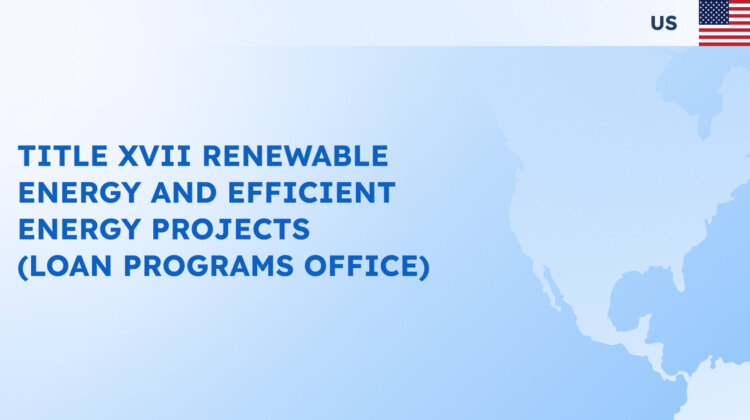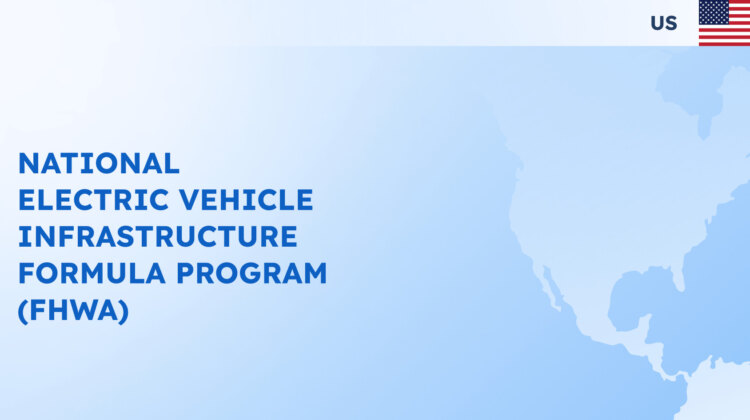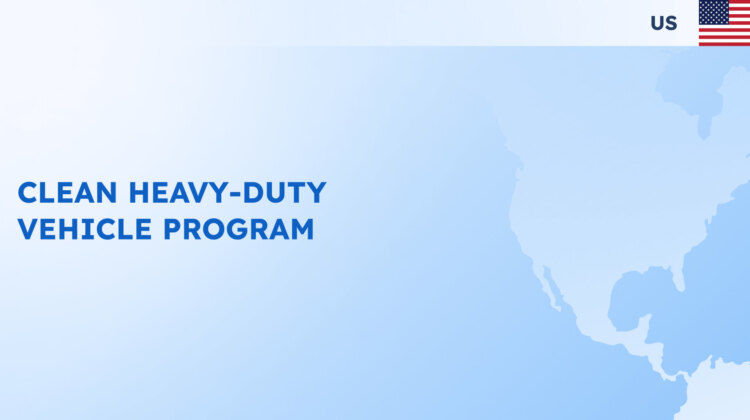Last updated: March 21, 2025
The bustling activity of ports is essential to global trade and commerce, but it also comes with environmental challenges. Recognizing the critical role of ports in our infrastructure and supply chain, the United States Environmental Protection Agency (EPA) has launched the Clean Ports Program, an initiative aimed at addressing public health and environmental impacts while fostering sustainability within the port industry.
About the program
Envisioned under the Inflation Reduction Act of 2022, the Clean Ports Program allocates a substantial $3 billion to advance zero-emission port equipment and infrastructure, as well as climate and air quality planning at U.S. ports. This funding not only supports cleaner air for nearby communities but also positions ports as catalysts for transformative change across the freight sector.
Clean Ports Program Goals
The program sets ambitious goals to lay the groundwork for a transition towards fully zero-emissions operations at ports, aiming to:
- Build a foundation for the adoption of zero-emission technologies, driving a shift towards sustainability.
- Reduce diesel pollution, including criteria pollutants, greenhouse gases, and air toxics, particularly in near-port communities.
- Ensure robust community engagement and emissions reduction planning become standard practices within the port industry.
Notices of Funding Opportunities
The EPA Clean Ports Program is not frozen under the current U.S. administration. In November 2024, the EPA announced nearly $3 billion in grants through this program to support zero-emission equipment and infrastructure at ports across 27 states and territories. These grants aim to modernize port infrastructure, reduce emissions, and promote cleaner air quality in surrounding communities. The program builds upon previous efforts like the Ports Initiative and Diesel Emissions Reduction Act, which have collectively invested over $284 million in diesel emissions reduction projects at ports.
However, there is concern that the current administration might roll back environmental policies, potentially affecting initiatives like the Clean Ports Program. Efforts to reduce pollution at U.S. ports, such as the Port of Los Angeles, have included transitioning to electric equipment and utilizing shore power to reduce diesel usage. These measures aim to improve air quality in surrounding areas, which have historically suffered from pollution causing health issues for residents. Therefore, while the program is currently active, its future direction may be influenced by the administration’s environmental policies.
Application process and eligibility
Eligible entities include port authorities, governmental agencies, air pollution control agencies, and private entities operating port facilities or related technology. The application process involves electronic submission through Grants.gov, requiring registration with a Unique Entity Identifier and an active registration with the System for Award Management (www.SAM.gov).
To aid potential applicants, EPA provides various tools and resources, including sample project narratives, application attachments, and technical resources for ports. These resources aim to streamline the application process and ensure applicants have the necessary support to develop robust proposals. EPA fosters public engagement through webinars, events, and requests for information, allowing stakeholders to stay informed, ask questions, and provide feedback on the Clean Ports Program.






